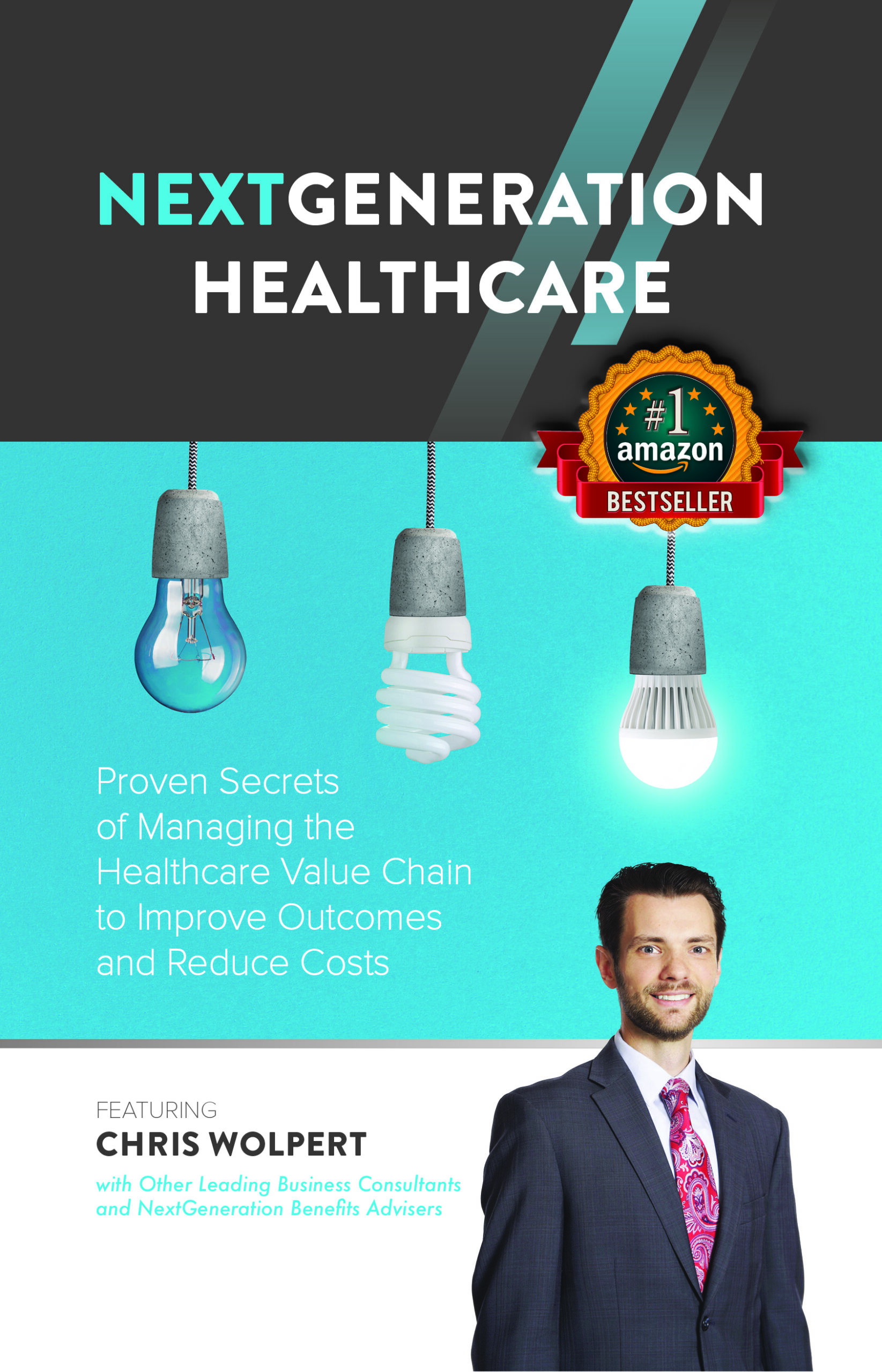A growing number of employers are adding menopause-related benefits to their health and wellness programs, recognizing both the personal and business impact of this phase of women’s health.
According to a 2023 Mayo Clinic report, menopause-related symptoms are responsible for an estimated $1.8 billion in lost workdays annually in the U.S., largely due to absenteeism and diminished productivity.
As a result, employers such as Microsoft, IBM and several large financial institutions have already launched menopause initiatives. A 2024 Mercer report found that 15% of U.S. employers now offer menopause-specific benefits, compared to virtually none just a few years ago.
The rise of menopause benefits
Menopause is defined as the point when a woman has gone 12 months without a menstrual period, typically around age 52.
But the transition often begins much earlier. Perimenopause, the lead-up phase, can last several years and bring with it a wave of challenging symptoms: hot flashes, brain fog, insomnia, mood swings and more — that interfere with daily life and work performance.
Forward-thinking companies are starting to introduce menopause-specific benefits, including:
- Flexible work arrangements.This includes remote options, reduced hours or flexible schedules to help manage symptoms.
- Access to virtual care. These services provide access to menopause-trained providers, including reproductive endocrinologists.
- Mental health support.This can be offered through your employee assistance program and mental health platforms.
- Hormone replacement therapy coverage. Financial benefits like flexible spending accounts and health savings accounts allow employees to use tax-advantaged funds for services such as HRT, which is typically not covered by group health plans. Self-insured employers can choose to include coverage in their plans.
- Environmental accommodations. This can include providing portable fans, relaxed dress codes, wellness rooms and more.
- Educational resources. Provide access to digital content on menopause health and treatment options, including webinars, videos, podcasts, journals and articles.
- Support groups. These can be online or in person and help combat isolation and stigma.
The business case
Women between ages 45 and 64 represent about 17.5% of the U.S. workforce, according to the Department of Labor. Yet a Biote survey found 17% of women ages 50 to 64 have quit or considered quitting due to menopause symptoms.
Supporting this group brings several business benefits:
- Retention of top talent: Many women face menopause symptoms just as they reach peak leadership potential.
- Improved productivity: Mitigating symptoms can reduce time off and help employees stay focused.
- Legal risk reduction: Inclusive policies may help companies comply with workplace protections under laws like the Pregnant Workers Fairness Act.
- Enhanced employer brand: Women with access to menopause benefits are more likely to recommend their employer, according to a joint 2023 study by Bank of America and the National Menopause Foundation.
Communication is key
Even the best benefits can fall flat if employees don’t know they exist. Best practices include:
- Hosting informational sessions about menopause support programs.
- Training managers on how to speak sensitively about menopause in the workplace.
- Highlighting these benefits in open enrollment materials and onboarding packets.
- Ensuring that digital portals and HR systems clearly identify menopause-related resources.
The takeaway
As menopause-related benefits gain traction, employers should assess whether their current health and wellness offerings meet the evolving needs of midlife employees. Proactively addressing this gap can support compliance, improve retention and strengthen workforce stability.

